Artisan Bread and Its Café Comeback Story
12 min read Exploring the resurgence of artisan bread in café culture and its impact on modern baking and dining experiences. August 09, 2025 21:05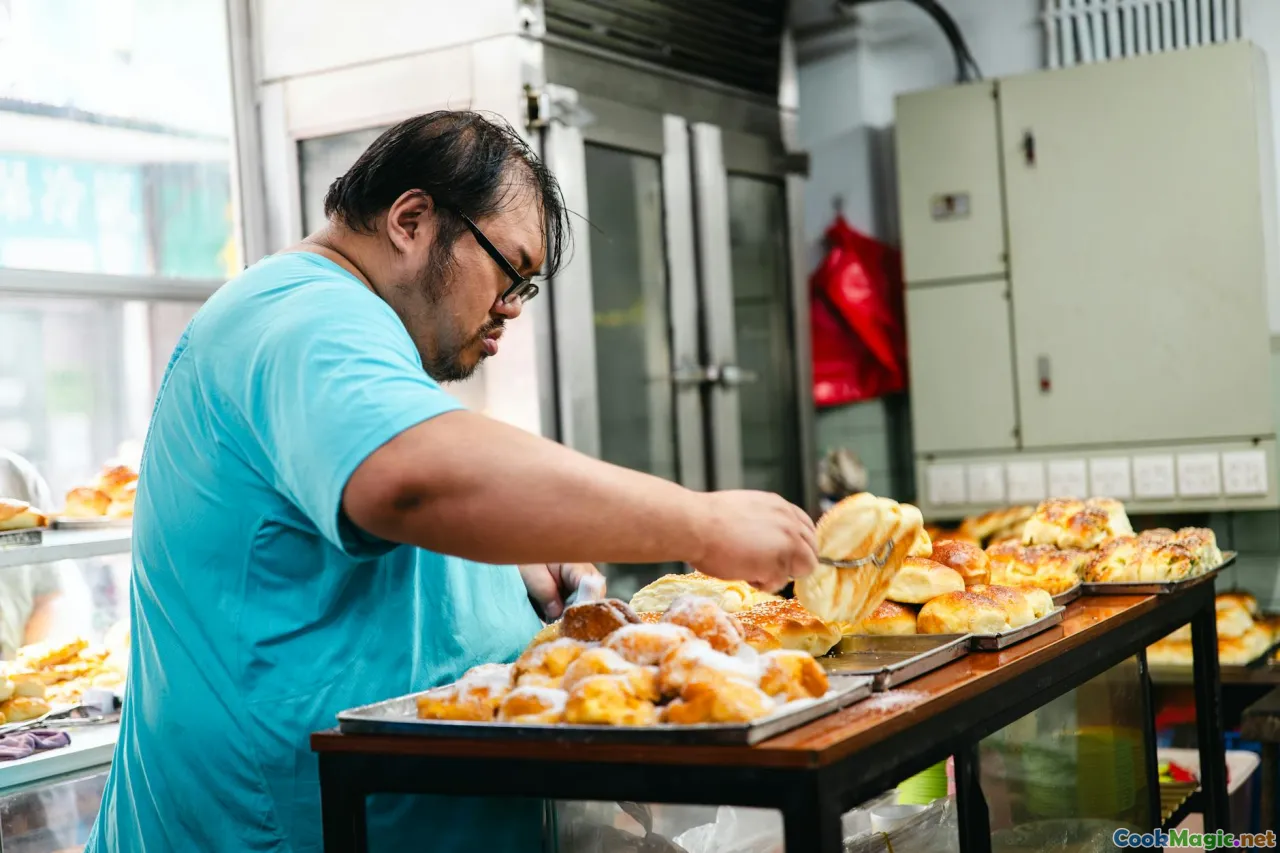
Artisan Bread and Its Café Comeback Story
There’s something profoundly satisfying about the crust of a perfectly baked artisan loaf; it crackles audibly as you tear into it, releasing a warm, yeasty aroma that seems to hug your senses. The tender, airy crumb inside—speckled with irregular holes—invites you to indulge in its complex flavor, a harmonious marriage of sour tang and wheat sweetness. From wood-fired oven bakers to boutique cafés, artisan bread has experienced a rediscovery that weaves together craft, culture, and emotion, revitalizing a centuries-old tradition in modern culinary spaces.
Whether spread with a pat of real butter, dipped in luscious olive oil, or used as a foundation for rustic sandwiches, artisan bread isn’t just food—it’s a cultural artifact. Let’s explore how this age-old craft comes back to dine and drink at the world's cafés, shaping a sensory and soulful comeback story.
The Renaissance of Artisan Bread: A Cultural Resurgence

For decades, mass-produced bread dominated supermarket shelves, its uniformity and long shelf life seemingly the pinnacle of convenience. But over the last twenty years, a profound shift has emerged—culinary enthusiasts and discerning bakers began seeking authenticity, texture, and flavor. The mid-2000s saw a renaissance driven by a desire to reconnect with traditional methods, local ingredients, and slow fermentation techniques.
This movement drew heavily from European baking traditions—French pain de campagne, Italian ciabatta, and sourdough starters that had been passed down through generations. With this revival, bakeries and cafés became centers of cultural preservation, embedding stories of community, history, and craftsmanship into each loaf.
Take Parisian boulangeries such asjudged the backbone of this renaissance, offering crusty baguettes with a gleaming golden crust and a crumb that explodes with tangy complexity. Similarly, Rome’s bakeries reignite the classical allure of rustic ciabatta, crispy on the edges, chewy inside, perfect for breakfast spreads or simple sandwiches.
The Science and Art of Crafting Artisan Bread
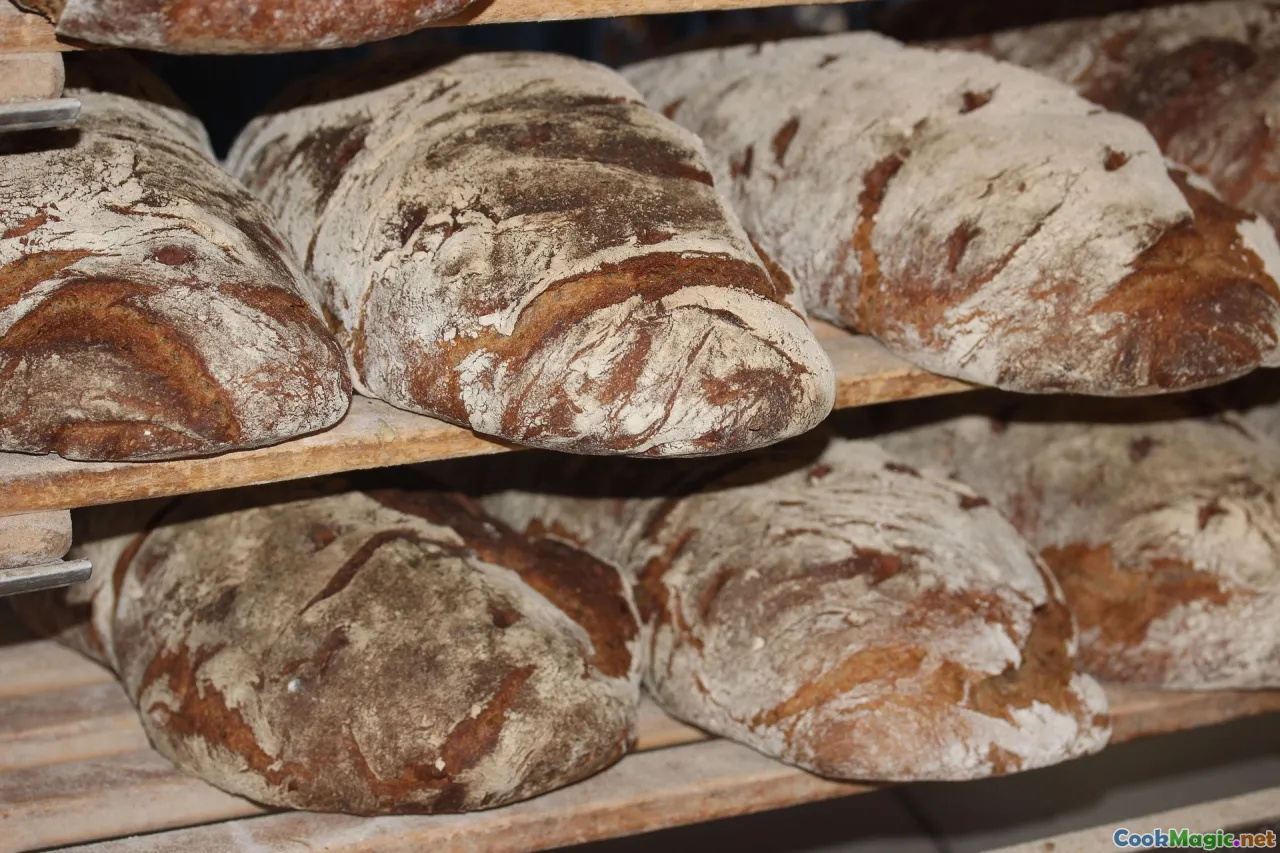
Creating authentic artisan bread is an intricate dance between science and art. It begins with selecting high-quality grains—often organic, stone-milled flours that retain natural nutrients—combining them with pure water, salt, and often a sourdough starter.
Fermentation is the heart of the process. Unlike commercial yeasted bread, which can be rushed, artisan bakers embrace slow, wild fermentation. This process develops deeper flavors, enhances digestibility, and promotes a better crust. The bakers watch the dough carefully, gauging its strength and elasticity, knowing that the final product hinges on patience.
Shaping the dough with gentle, deliberate motions—avoiding deflation of the gas bubbles—is critical. The proofing phase allows the bread to rise to its full potential, culminating in baking at high temperatures to produce that iconic crust—deep amber and blistered—while ensuring the crumb remains airy and moist.
From hand-shaped bâtards to large sourdough rounds, each loaf bears the mark of its artisan creator—diffusing with aroma and texture that commercial bread often lacks.
From Local Cafés to the Global Stage: The Comeback in Café Culture
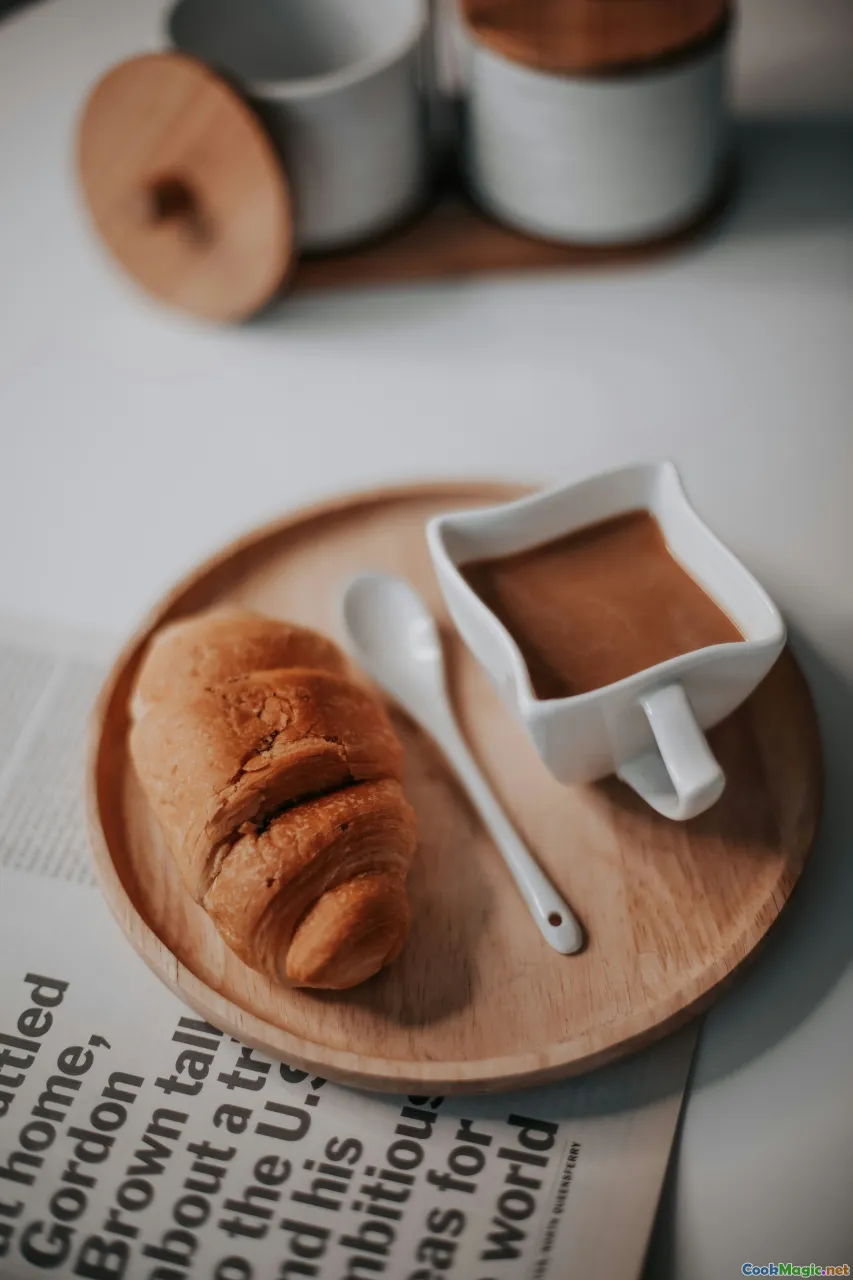
Cafés have long been sanctuaries of social engagement, creativity, and community. Over recent years, they've also become pivotal platforms for artisan bread’s renaissance. Indulging in a warm, freshly baked roll alongside a robust espresso or a fragrant pour-over creates a multi-sensory experience that elevates daily routines.
In cities such as Copenhagen, Melbourne, and San Francisco, artisan bakeries and cafés embrace their local bread traditions, reviving old recipes with contemporary twists. For example, Tartine Bakery in San Francisco is renowned not only for its legendary sourdough bread but also for integrating it into innovative dishes like avocado toast with microgreens or elegant open-faced sandwiches featuring locally cured meats.
This movement emphasizes the importance of food storytelling—café owners often share the origins of their bread, the fermentation rituals, and the farmers who grow their grains, cultivating a sense of place and purpose.
How to Incorporate Artisan Bread into Your Café Experience
- Seek Out Local Bakeries: Support small-scale artisans who prioritize quality and tradition.
- Pair Thoughtfully: Combine rustic breads with local cheeses, charcuterie, or seasonal spreads.
- Savor their Simple Elegance: A slice of country bread with good butter or olive oil can be a profound moment.
- Participate in Workshops or Events: Many cafés host baking classes or farmer talks, deepening understanding and appreciation.
Comparing the Commercial and Artisanal Paradigms
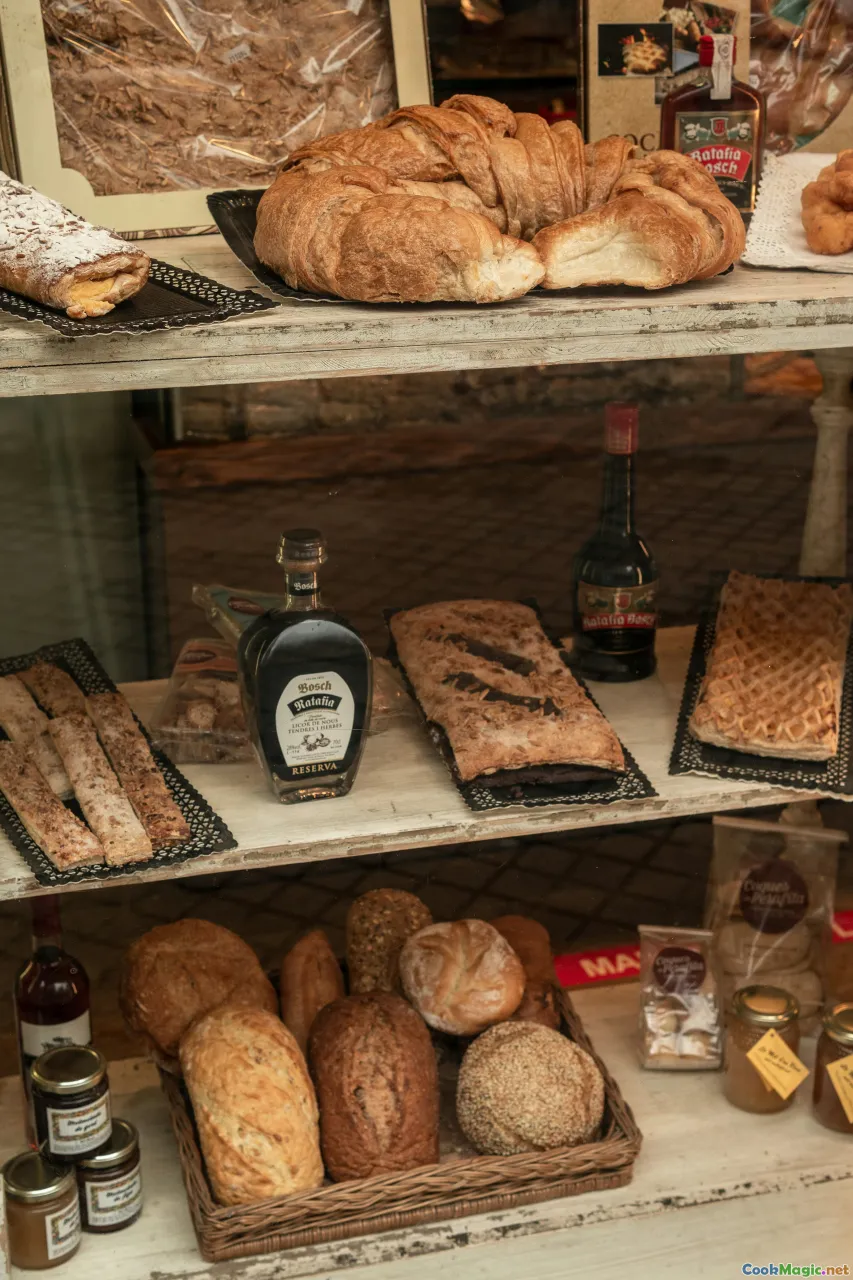
While mass-produced bread prioritizes uniformity, shelf life, and scalability, artisan bread champions individuality, flavor complexity, and durability of craftsmanship. The differences are palpable.
Commercial bread often employs additives, emulsifiers, and preservatives to extend freshness and streamline production. Its texture is uniformly soft, with a bland flavor profile—often just a platform for spreads or fillings.
In contrast, artisan bread bears the mark of its history—blemishes, irregularities, and nuanced flavors. Its crust crackles with each bite, and the crumb offers a symphony of tang, sweetness, and earthiness, depending on the regional ingredients and fermentation techniques used.
This contrast isn’t just culinary but cultural, reflecting attitudes towards consumption—rapid, convenient, and impersonal versus slow, deliberate, and meaningful.
Personal Stories: Bread as a Cultural and Emotional Anchor
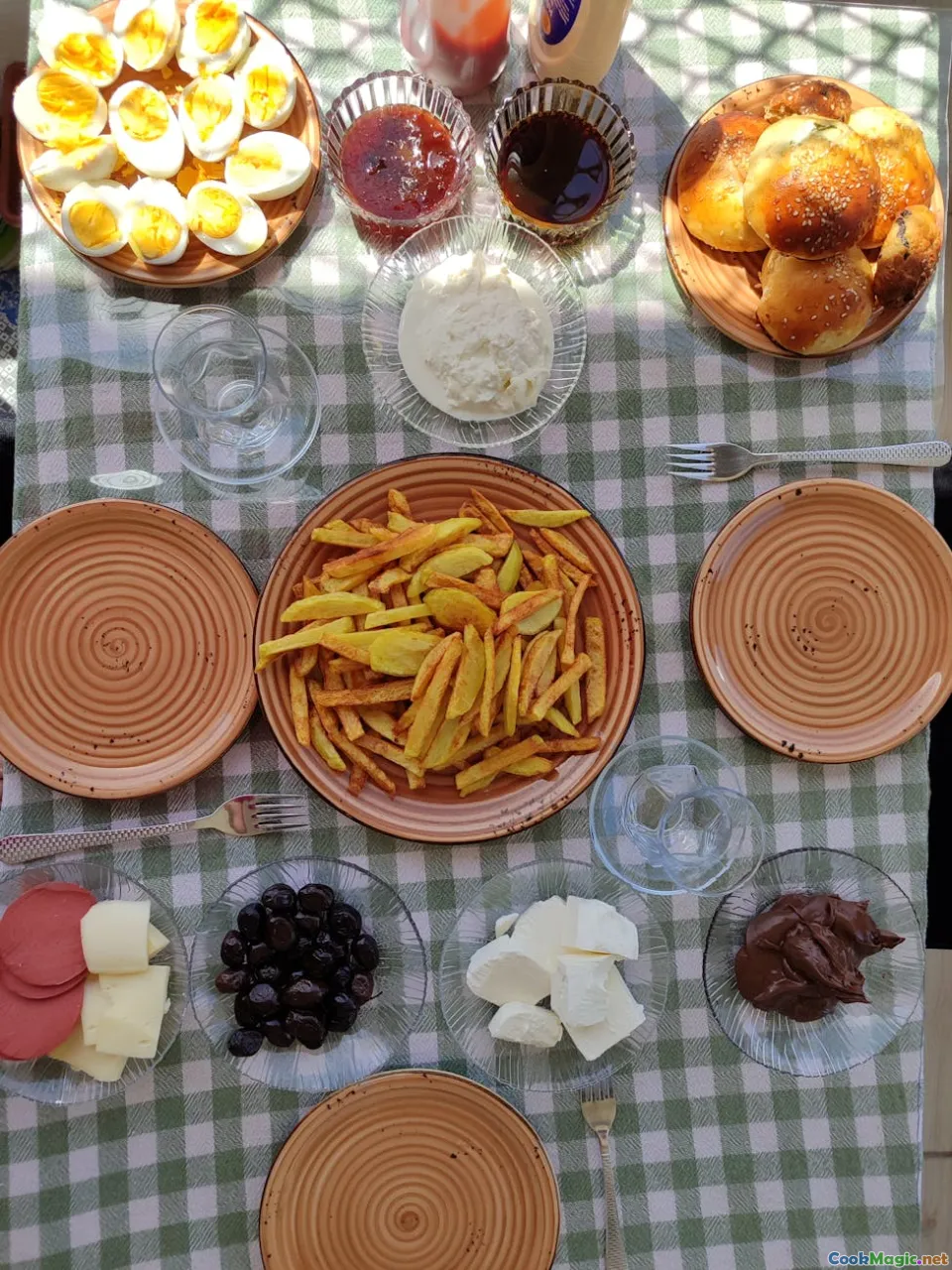
Many stories bind people to artisan bread. For many, it signifies a homecoming—an act of processing grains, shaping dough with loved ones, and sharing the warmth of the oven.
In a small Vermont café, you might meet Ruth, an 80-year-old baker who still rises before dawn, kneading her mother’s sourdough recipe—long before the rush of patrons arrives. For Ruth, each loaf is an homage to her ancestry, a tangible link to generations of bakers.
Across the Atlantic, in a lively Melbourne café, owner James passionately speaks about sourcing heritage wheat from nearby farms, emphasizing sustainability along with flavor. To him, artisan bread isn’t just food—it’s an act of local resilience.
Stories like these remind us that bread is more than sustenance—it’s a vessel of memory, identity, and community.
Tips for Witnessing and Participating in the Bread Revival
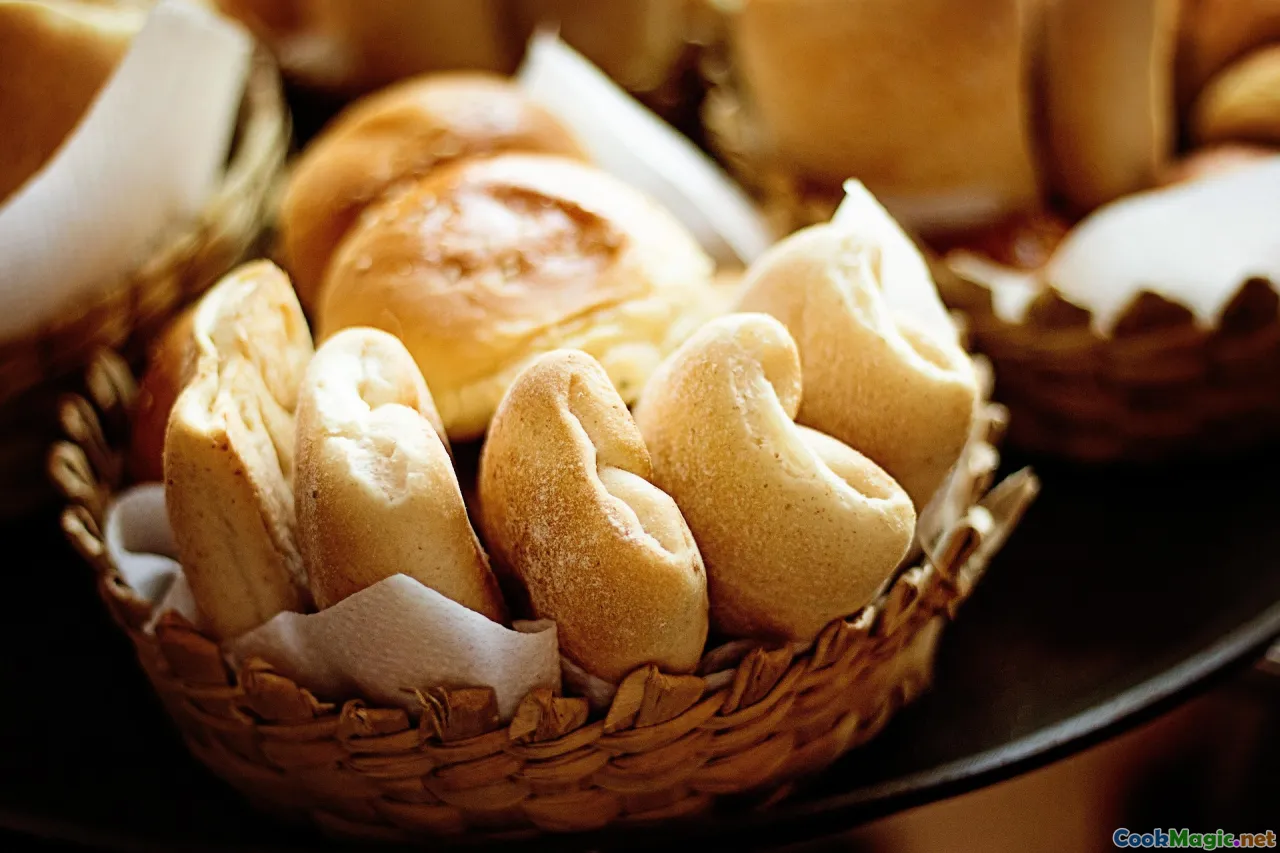
- Visit Local Artisans’ Boulangeries and Cafés: Observe their methods, ask about their ingredients, and taste different styles.
- Join Workshops: Many bakeries and food festivals now offer hands-on classes—it’s a phenomenal way to understand the craft better.
- Try Baking Your Own: Start with sourdough or rustic rye; the process deepens appreciation and connection.
- Attend Bread Festivals: Events like the San Francisco bread fair or European bakery expos showcase innovations and traditions.
- Support Sustainable and Organic Ingredients: Choose establishments that prioritize eco-friendly practices.
The Future: A Bread-Driven Cultural Dialogue
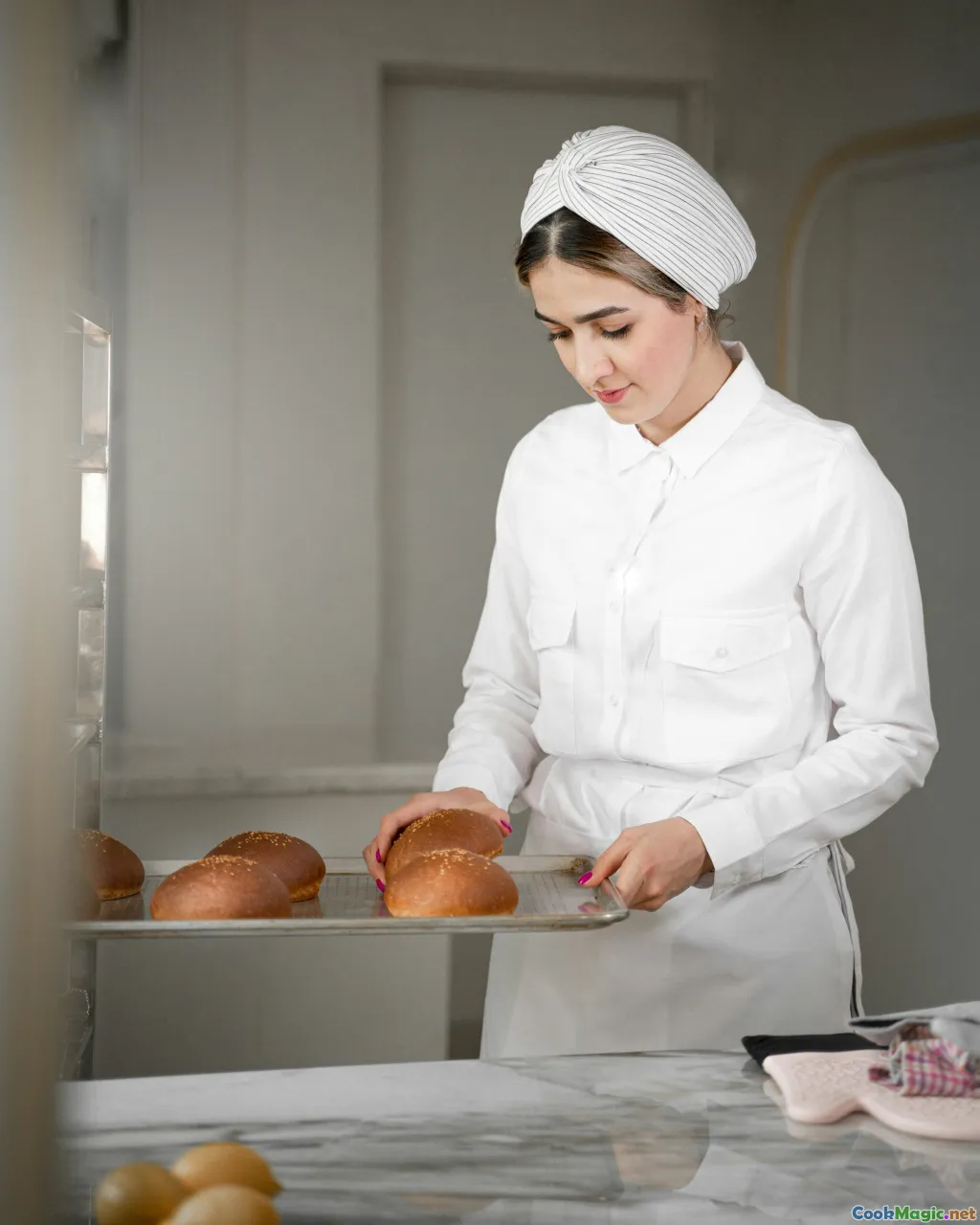
The future of artisan bread is bright and inventive. Bakers are experimenting with ancient grains like emmer, spelt, and kamut, along with gluten-free options that uphold tradition in diverse diets. Technological innovations, such as controlled fermentation chambers and high-hydration dough hydration, facilitate more precise craft.
Coupled with a deeper awareness of sustainability and local sourcing, artisan bakeries are poised to continue thriving as cultural hubs, inspiring cafés around the world to incorporate bread not just as a menu item but as a storytelling vessel.
As you savor your next slice of artisanal loaf, remember—you’re partaking in a rich narrative that spans history, culture, and personal connection. The humble, enduring art of bread baking remains a testament to craftsmanship, patience, and community—and in the cafe spaces of today, that story is more vibrant than ever.









